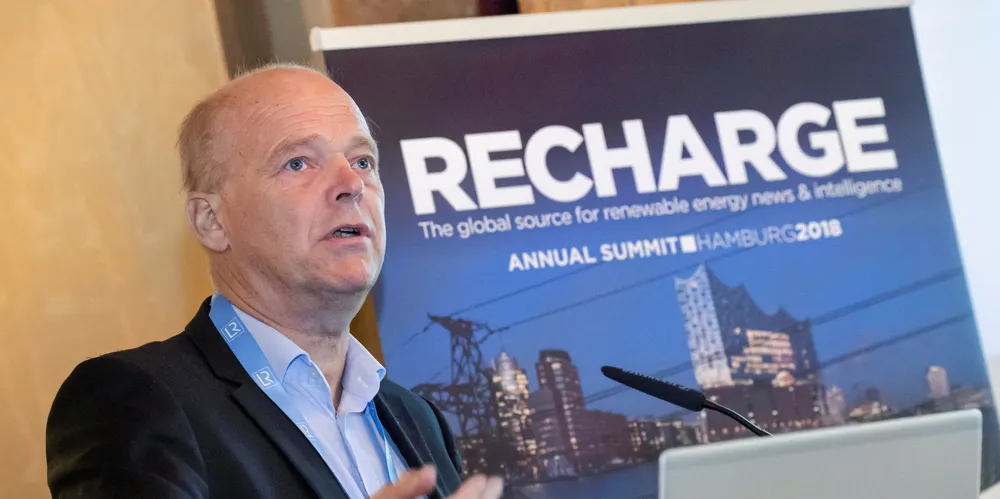QEPrize winner Henrik Stiesdal: 'Wind turbines could hit the ceiling like 747s and supertankers'
Pioneer who shared 2024 Queen Elizabeth Prize says the Danish spirit of innovation endures – but warns bigger might not always mean better

Pioneer who shared 2024 Queen Elizabeth Prize says the Danish spirit of innovation endures – but warns bigger might not always mean better
